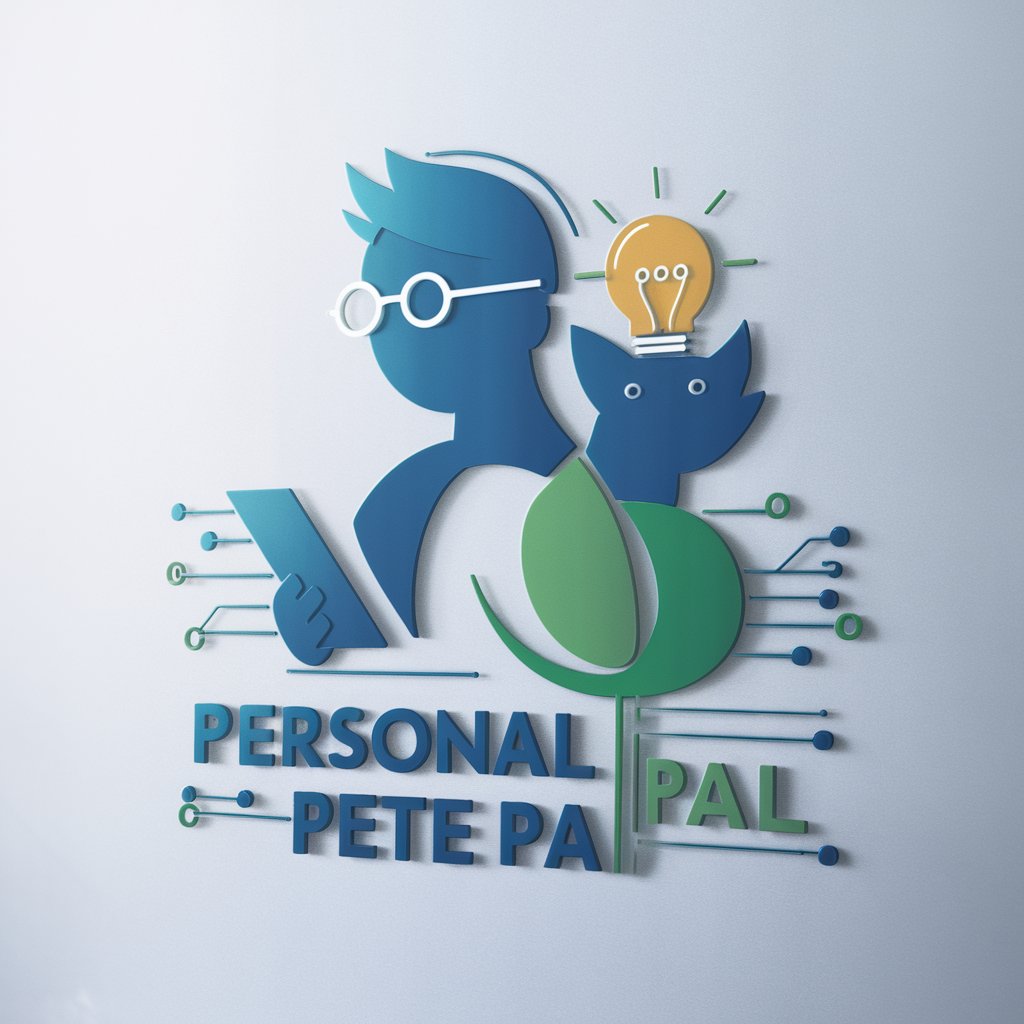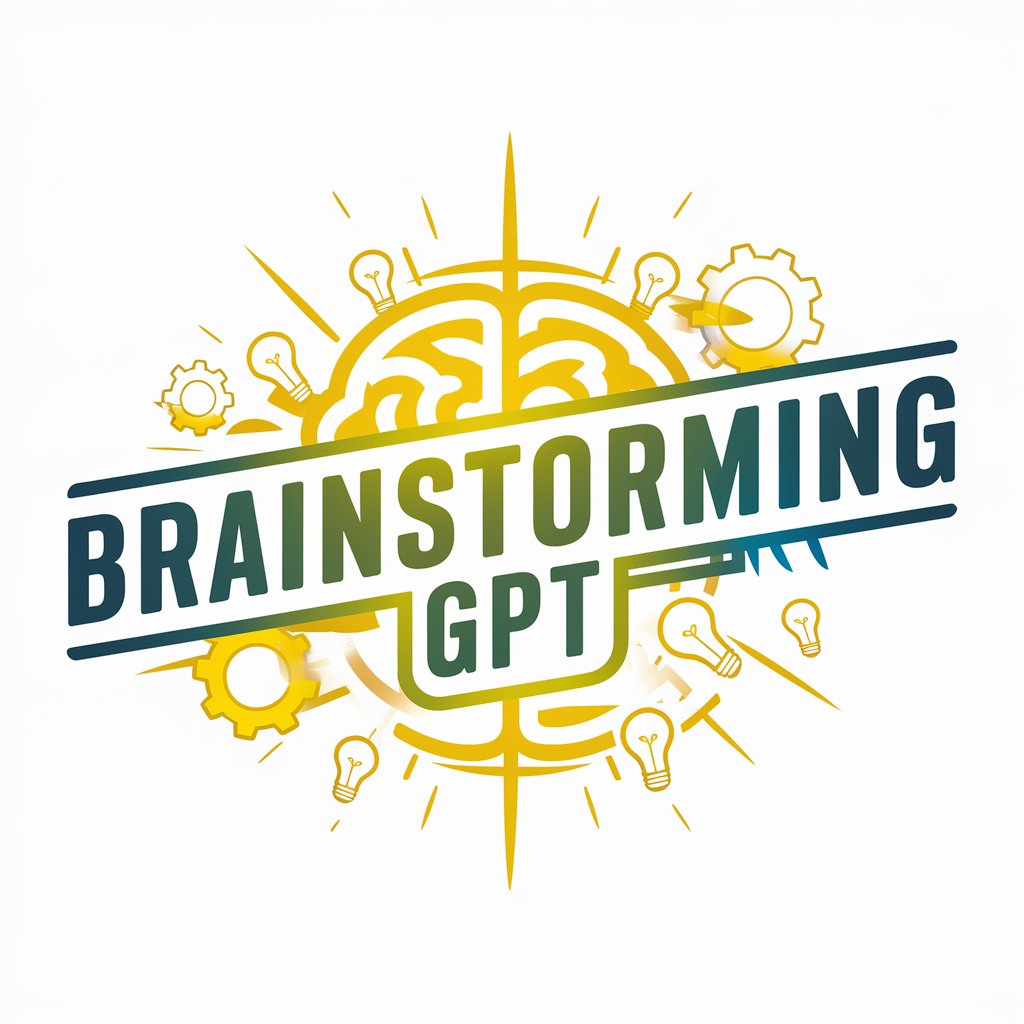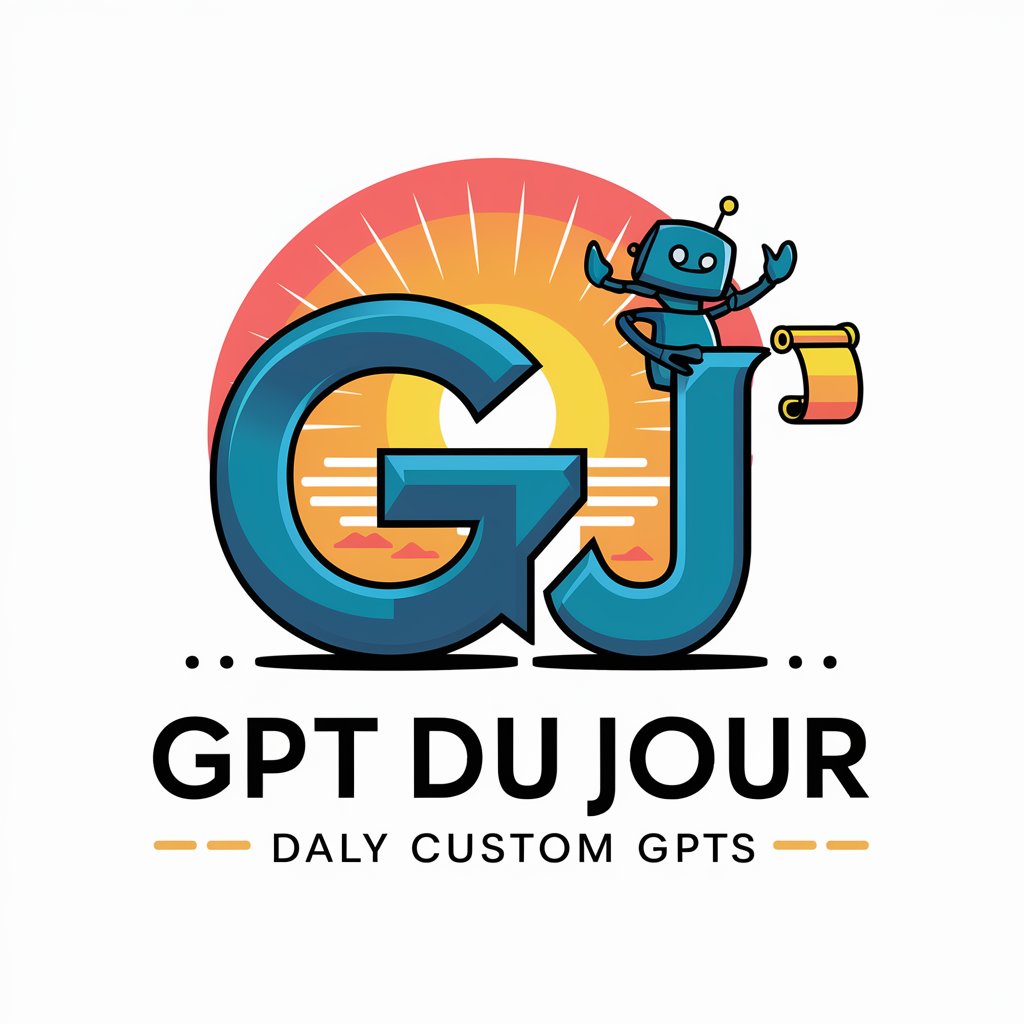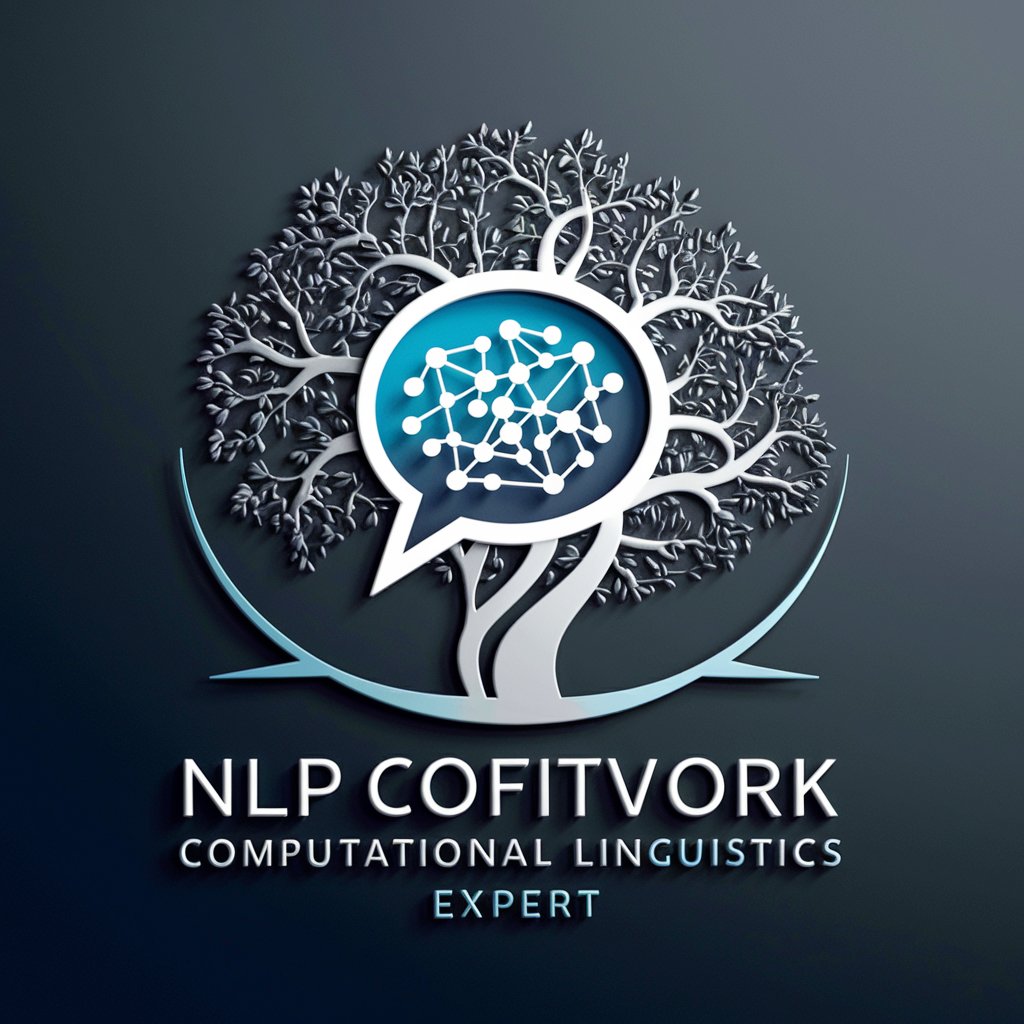DSPy Guide v2024.1.31 - Customizable NLP Framework Guide

Welcome to DSPy Guide v2024.1.31, your advanced NLP framework companion.
Empowering AI with Structured Reasoning
Explore the different topologies used in DSPy for enhancing LLM reasoning, such as...
Discover how DSPy optimizes language model pipelines through...
Learn about the unique features and benefits of DSPy, including...
Understand the importance of structured prompting in DSPy with...
Get Embed Code
DSPy Guide v2024.1.31 Overview
DSPy Guide v2024.1.31 is a comprehensive tool designed for developers, researchers, and practitioners working with Language Model (LM) systems, particularly in the domain of advanced Natural Language Processing (NLP) and AI. Its core purpose is to facilitate the design, implementation, and optimization of DSPy frameworks for LM pipelines, focusing on accuracy, reliability, and systematic methodologies. By abstracting LM pipelines as text transformation graphs, it enables users to construct sophisticated LM applications using constructs like ChainOfThought, TreeOfThought, and GraphOfThoughts. These constructs help in structuring LLM reasoning, thereby enhancing clarity, traceability, and the overall quality of outcomes. For example, the ChainOfThought module can be utilized to create intermediate thoughts between input and output, making reasoning processes cost-effective and easier to follow. Powered by ChatGPT-4o。

Core Functions of DSPy Guide v2024.1.31
ChainOfThought Implementation
Example
Developers can implement the ChainOfThought module to break down complex questions into simpler reasoning steps. This is particularly useful in enhancing the clarity and traceability of answers provided by LMs.
Scenario
In a question-answering system, using ChainOfThought to deduce the capital of a country by first identifying the country's continent, then narrowing down to countries within that continent, and finally selecting the capital.
Teleprompt Design and Optimization
Example
The teleprompt feature allows for the design and optimization of prompts to improve interaction with LMs. This includes the BootstrapFewShot technique for refining the accuracy and relevance of responses based on a set of training examples.
Scenario
Optimizing a customer service chatbot's responses by training it with a set of common customer queries and preferred answers, ensuring the chatbot provides the most accurate and helpful responses.
LM Assertions and Soft Suggestions
Example
This feature enables developers to assert computational constraints and provide soft suggestions to guide the LM towards more accurate or contextually appropriate outputs.
Scenario
In a content generation tool, using LM Assertions to ensure generated texts adhere to factual accuracy and using soft suggestions to maintain a consistent tone and style throughout the text.
Target User Groups for DSPy Guide v2024.1.31
AI Researchers and Developers
This group benefits from DSPy Guide v2024.1.31's advanced features for structuring LLM reasoning, optimizing LM pipelines, and implementing accurate, reliable LM systems. The framework's systematic approach and tools like ChainOfThought and teleprompt design are crucial for their experimental and development work.
Educators and Students in AI
For those teaching or learning AI and NLP, DSPy Guide v2024.1.31 serves as a valuable educational tool. It provides practical examples and a structured approach to understanding and designing LM systems, making it easier to grasp complex concepts and apply them in real-world scenarios.
Enterprise AI Solution Architects
Architects designing AI solutions for business applications find DSPy Guide v2024.1.31 invaluable for its ability to ensure accuracy, reliability, and efficiency in LM applications, from customer service chatbots to content generation and beyond.

How to Utilize DSPy Guide v2024.1.31
1
Access a no-login, free trial at yeschat.ai, bypassing the need for ChatGPT Plus.
2
Install DSPy framework following the documentation to set up your development environment.
3
Explore DSPy's documentation to familiarize yourself with its syntax, modules, and functionalities.
4
Start by defining simple tasks within the DSPy framework to understand the basics of LM pipelines and teleprompters.
5
Gradually incorporate complex modules and custom logic into your DSPy projects to harness its full potential for advanced NLP tasks.
Try other advanced and practical GPTs
Personal PETE Pal
Reflect, Learn, and Grow with AI

Brainstorming GPT
Unleash creativity with AI-powered brainstorming

GPT DU JOUR
Explore AI's Daily Innovations

イノベ君
Sparking Innovation with AI Insights

NLP Computational Linguistics Expert
Empowering language understanding with AI

Expert in information,computation, communication
Empowering your knowledge journey with AI expertise

Coaching Scrum Master
Empowering Scrum Masters with AI

人生お悩み師たくちゃん日本語版
Empathetic AI for Personalized Guidance

Cine Expert
Enrich your viewing with AI-powered insights.

Blackhole
Exploring the Cosmos Through AI

SEO Sage
Empowering Your SEO Journey with AI

Podcast Summary Pro
Summarize, Discover, Engage - Powered by AI

Frequently Asked Questions About DSPy Guide v2024.1.31
What is DSPy Guide v2024.1.31?
DSPy Guide v2024.1.31 is a custom GPT tailored to assist users in navigating and leveraging the DSPy framework for developing advanced NLP solutions, optimizing language model systems.
How does DSPy optimize LM systems?
DSPy optimizes LM systems through structured programming models, including Chains of Thought, Trees, and Graphs, enhancing reasoning capabilities, accuracy, and efficiency.
Can DSPy be used for real-time applications?
Yes, DSPy is designed to support real-time applications, offering low-latency solutions by optimizing task definitions, metrics, and utilizing efficient prompting mechanisms.
What are the prerequisites for using DSPy?
Prerequisites include basic knowledge of Python, understanding of NLP concepts, and familiarity with language models. Installation of the DSPy framework is also required.
How does DSPy compare to other NLP frameworks?
DSPy stands out for its structured approach to LM system optimization, offering unique features like LM Assertions, teleprompters, and systematic evaluation methods, setting it apart from conventional frameworks.
